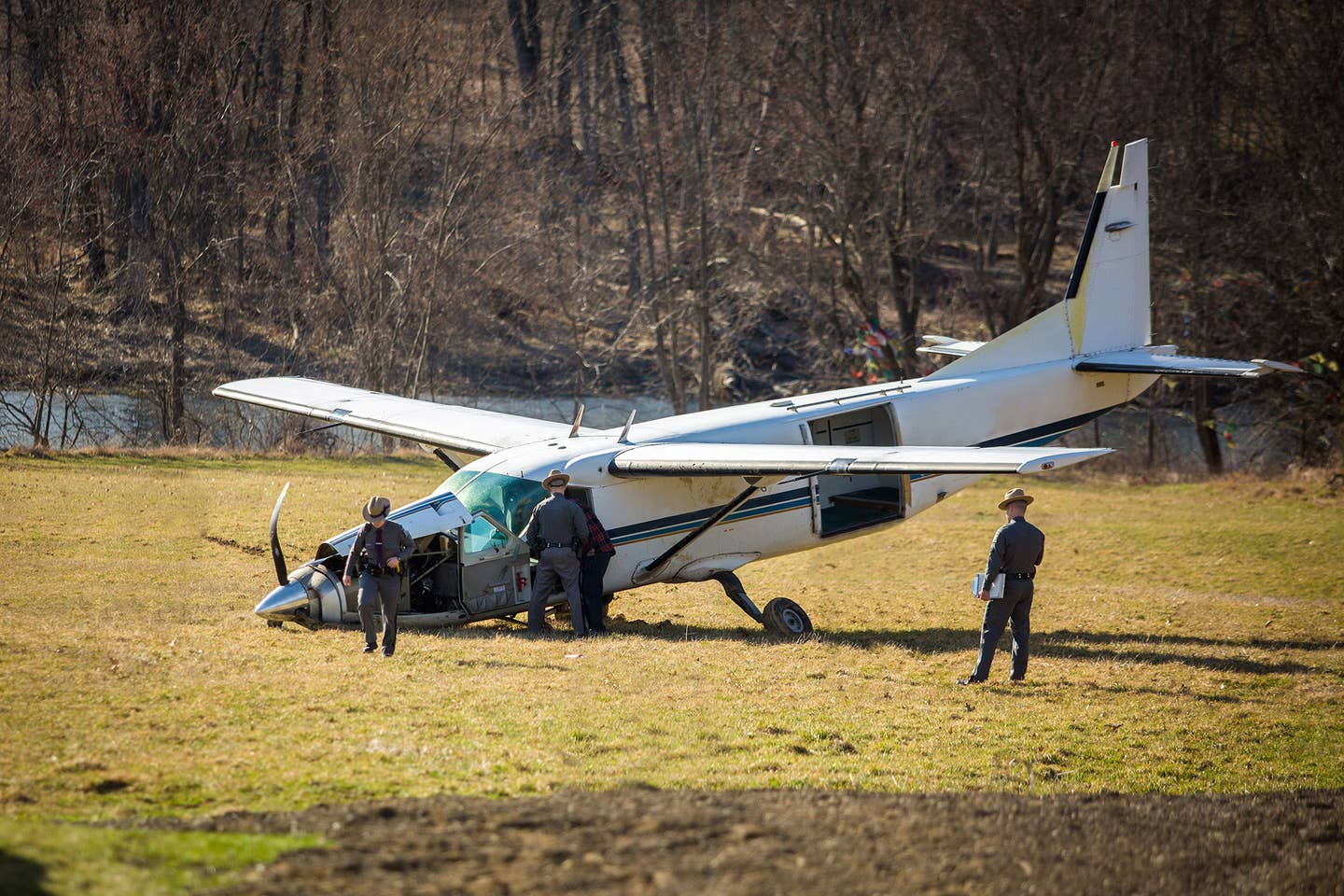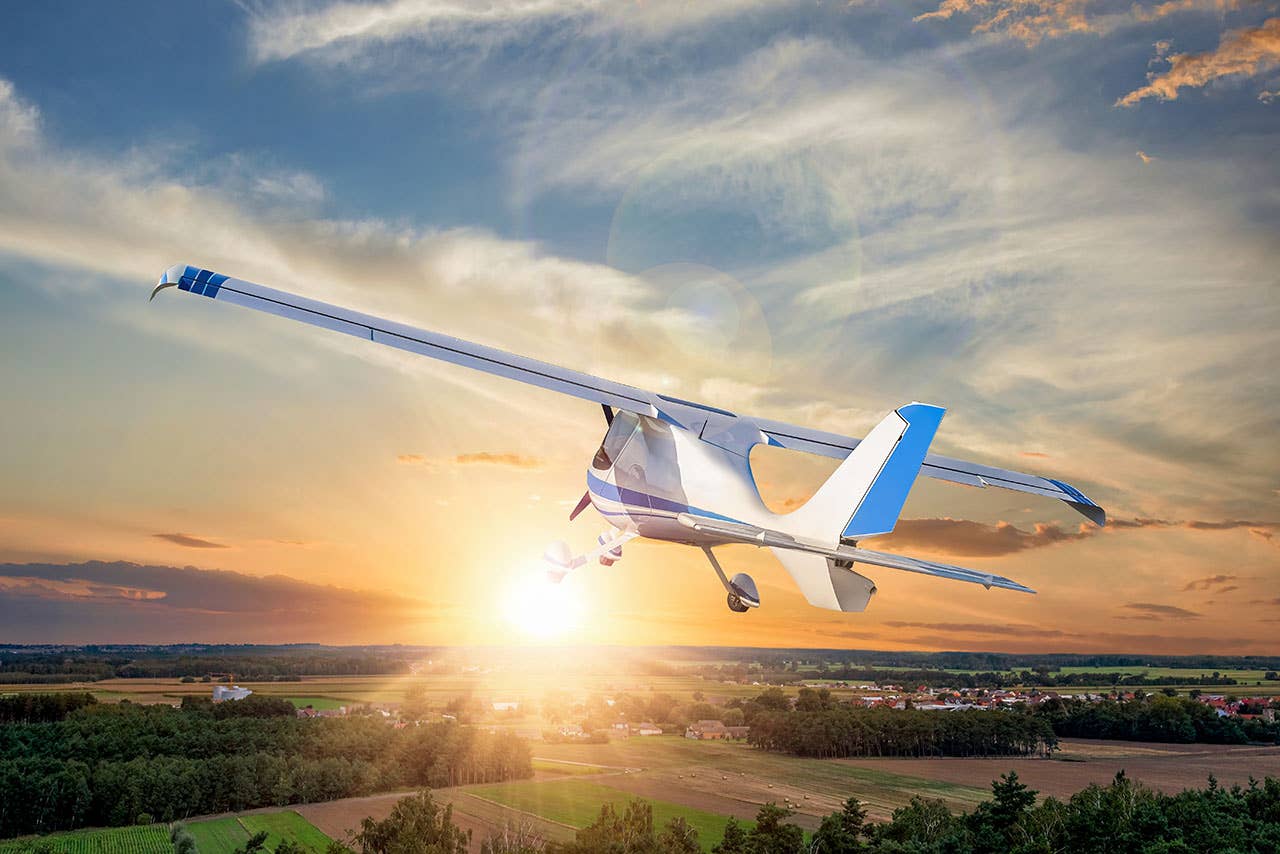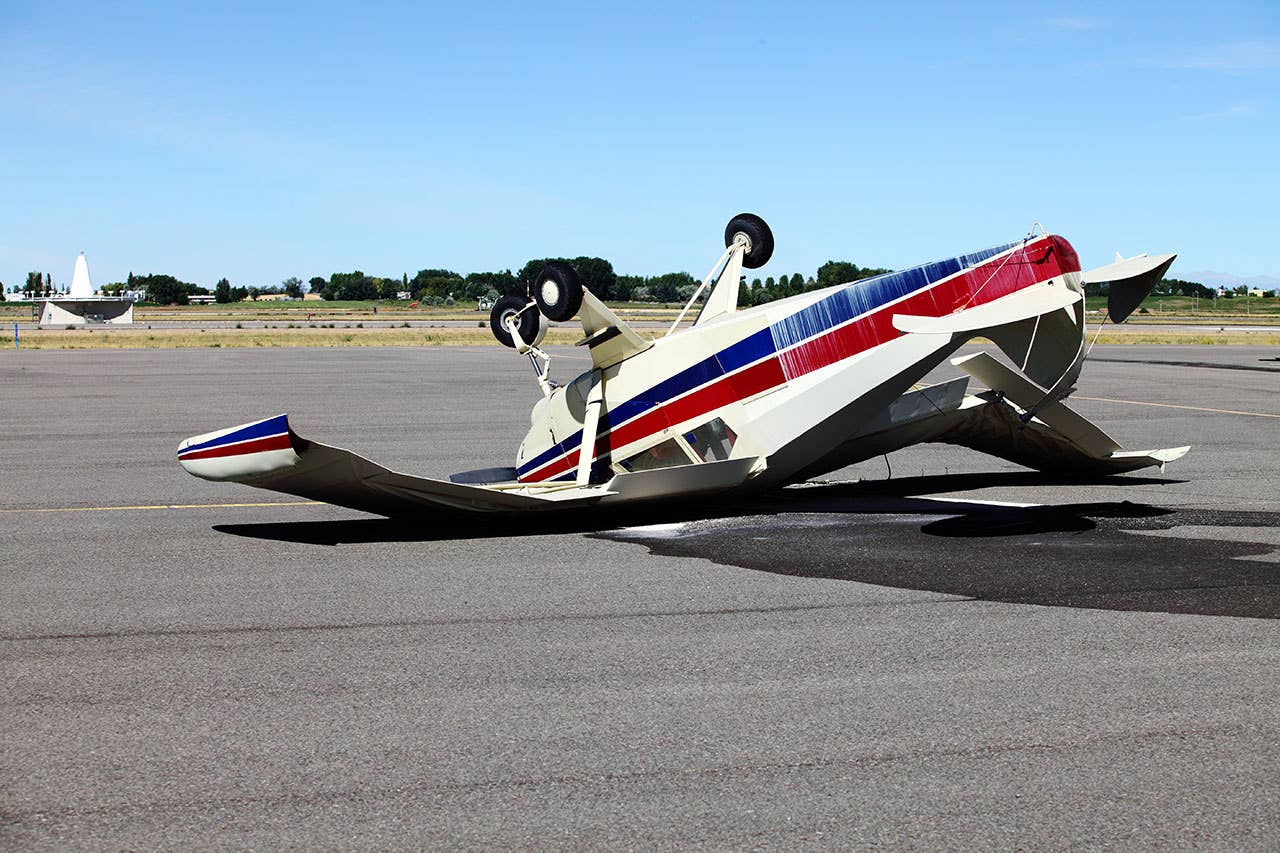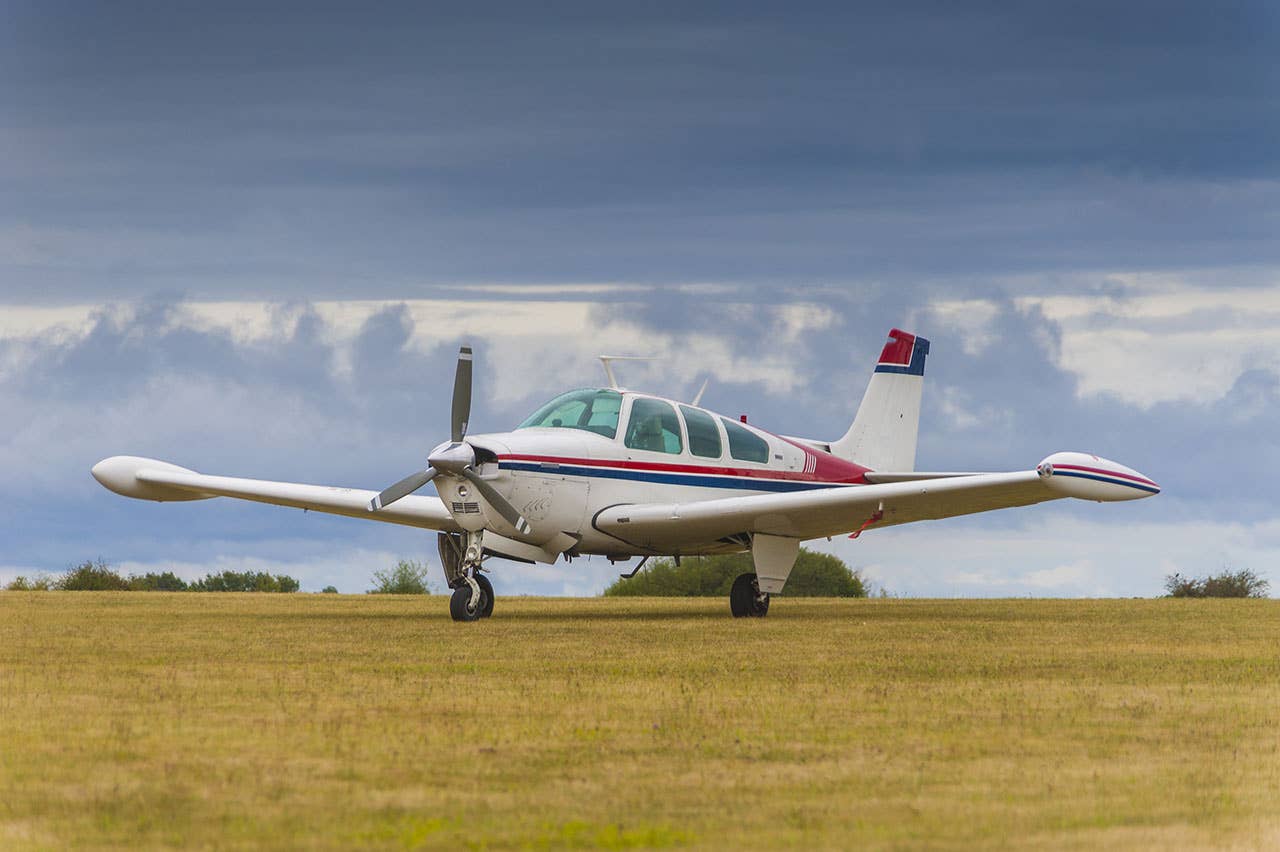Getting a Second Opinion
Just keep in mind advice is often worth the price you pay for it.
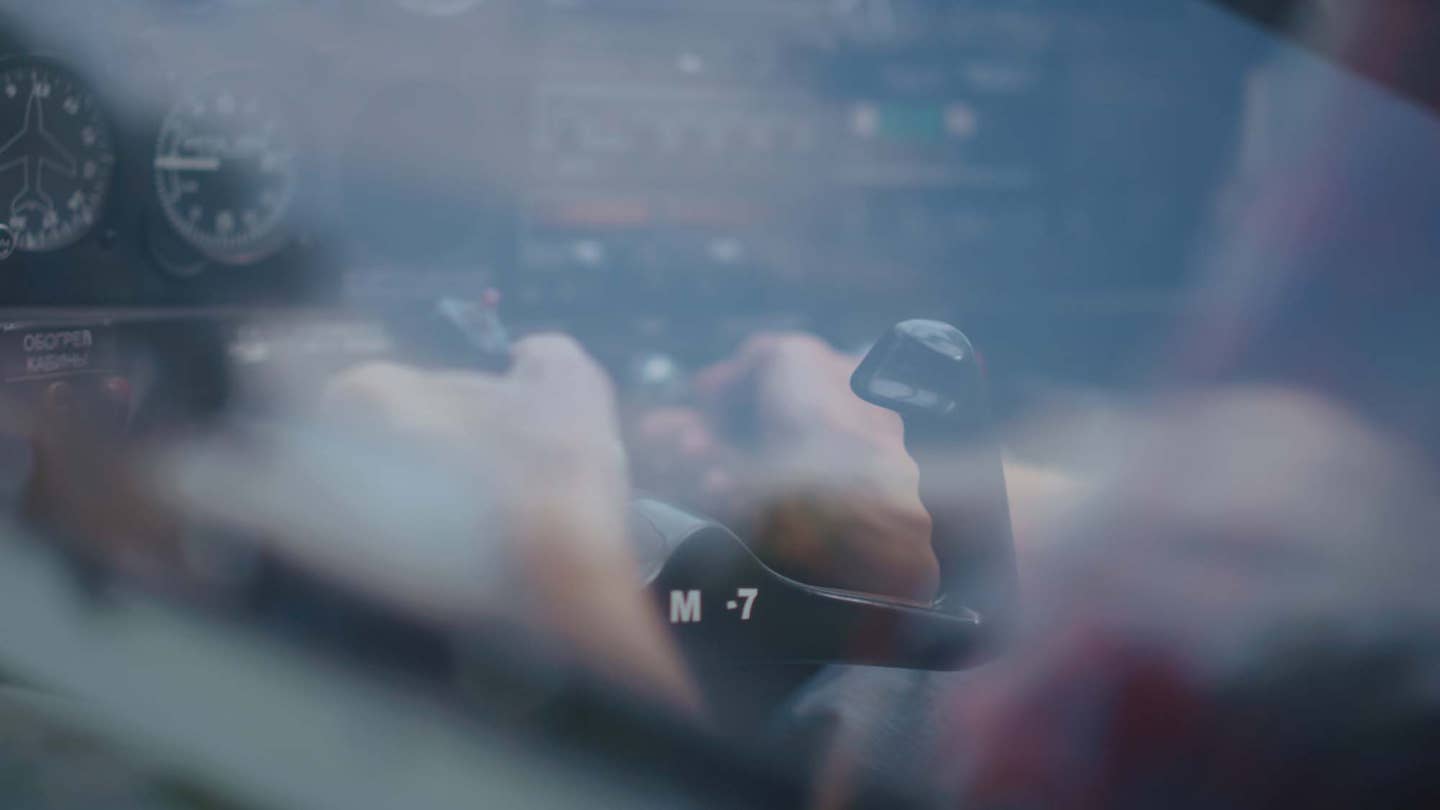
When faced with a quandary in aviation, we often seek resolution by consulting some trusted sources. Opinions and advice, however, are usually worth what you pay for them. After all, I grew up hearing the phrase, “Opinions are like navels; everybody’s got one.” Now that we have the free-flowing tidal wash of internet misinformation to further confuse things, making the right choice of action is even more difficult.
For instance, you’ve been noticing a change in your airplane’s engine—it no longer starts at the first twist of the key, now requiring some extra finagling before springing to life. Your next-door hangar neighbor says, “probably needs new spark plugs,” and the CFI at the flight school tells you to try a favorite trick that always works on his E-series Continental. Knowing how much it costs to overhaul the engine, you’re reluctant to experiment with folk remedies.
What to do? Watch some YouTube videos? Google some postings on obscure websites? What you don’t do is ignore the warning signs or wait for it to get worse. If your familiar powerplant is trying to tell you something, listen to it. See what your attending mechanic thinks, but see if his response makes sense. Just be sure you’re not miscommunicating the problem, a frequent layman-to-expert troubleshooting error. Are you following the POH’s procedure or using a made-up shortcut starting method of your own?
Leaving our hypothetical hard starting mystery for now, obtaining another opinion, or several, is always worth pursuing. Flying is not a trivial endeavor. There’s a lot at stake when we take a machine into the air, so getting advice from more than one source makes sense. If the multiple resources align, you’re probably being steered onto the right track. Just make sure you’re presenting the exact same scenario to each adviser.
The Overhaul Dilemma
Suppose, for instance, your faithful, smooth-running Lycoming O-360 is coming up on TBO. You’ve heard of owners running an engine 500 hours beyond the recommended overhaul time, and you’d like to get input on that. Your first stop needs to be the mechanic who takes care of your bird. He knows its history better than anyone and is responsible for performing the next annual inspection, thereby determining its fate. Ask him what he would do if it were his engine.
Don’t be surprised if he says, “Tear it down now. It’ll take fewer parts to rebuild it if it’s not worn out.” More likely, he’s going to say, “It’s not going to quit tomorrow, but if I were you, I’d put an overhaul on your schedule. Maybe when your annual is due, or perhaps this winter, when you’re not needing it.” If you’re not doing it already, he’ll probably recommend sending out an oil sample from each oil change and monitoring the engine’s indications. For noncommercial flying, deferring the overhaul is the owner’s choice as long as the IA concurs, but it should never be done without considered input.
The Old Prop Strike
A friend of mine had the misfortune to suffer a prop strike, one of those aw-shucks moments when the plane was allowed to stray off the runway and chew up a frangible runway light. The engine was idling, but the propeller is unrepairable, despite being able to propel the airplane back to the hangar. The deed was done under tower supervision, so there’s no hiding the evidence from prying eyes.
Inevitably, he’s getting opinions, solicited and otherwise. One guy says, “That engine is perfectly OK. It wasn’t making significant power. Just check it over real good and put a new prop on it.” Another opines, “Lycoming says it’s gotta be torn down, no matter how minor the strike. Don’t fly it until it’s taken apart and inspected.”
Other acquaintances tell him to keep the event hidden from the insurance company, or it will refuse to renew his coverage. One advised him to tell the FAA he had a brake lock up rather than admit his mistake. Another told him to get his expensive headsets out of the airplane before the insurance adjuster totaled the plane because of his low stated-value coverage. Thus, free advice runs the gamut.
Muddying up the waters in this day and age is the lack of forthright dialogue fostered by legal exposure. “Can I quote you on that?” should be part of your reception of tossed-in two cents’ worth. When faced with the possibility of being held to account in court for a statement, it’s rare to get an honest outlook expressed.
Consulting Another Instructor
As a longtime local flight instructor of some folk repute, I frequently get calls from beginner CFIs about a problem they are having with a particular student. Most likely, I’ve encountered a similar issue way back when and can offer some attempt at resolution. All novice instructors should practice under the mentorship of an experienced CFI during their first 24-month period of teaching.
I always begin by discounting the worth of my phoned-in opinion, stating that I can’t tell what the student’s problem is without having ridden with them, but I’m always willing to listen. After they describe the scenario, I’ll say, “Do what you think is best because you know them and I don’t, but it sounds as if...” and then I’ll launch into my advising dissertation.
One of the common questions is: “How much wind is too much to let them solo in?” That depends on several factors: How much of the wind is crosswind component, how much experience has the student had in similar conditions, and will this be their first solo, a practice session in the local area, or a cross-country trip? It is true that students need to gain experience by flying in less-than-perfect conditions, but it needs to be a gradual growth process, with notes made of each flight’s weather status in the student record. Seldom is the airplane’s capability a limiting factor, but it needs to be considered as well.
Why Can’t I...?
I also get contacted by student pilots, who were erroneously informed that I’m some sort of guru. They’ll want me to tell them, over the phone, why they are having so much trouble learning to land, making good steep turns, or performing stalls. Again, I have to stress that I’d really need to fly with them to render a worthwhile opinion, but I’ll listen to their tale of woe.
When it comes to landing hang-ups, all I can do is recommend they work to be stabilized on short final, hold a constant low height above the surface during the flare-out and holding-off portions, and keep aligned with the center stripe through the touchdown. As far as steep turns go, practice makes perfect, taking care to stabilize on the proper attitude. Any attempt to learn stalls should be preceded by obtaining consistent proficiency in establishing slow flight.
Never be afraid to ask for a second opinion, but make sure it comes from a reliable source. Such input is part of learning, and learning is a vital part of living. Never stop being a student of aviation.

Subscribe to Our Newsletter
Get the latest Plane & Pilot Magazine stories delivered directly to your inbox

